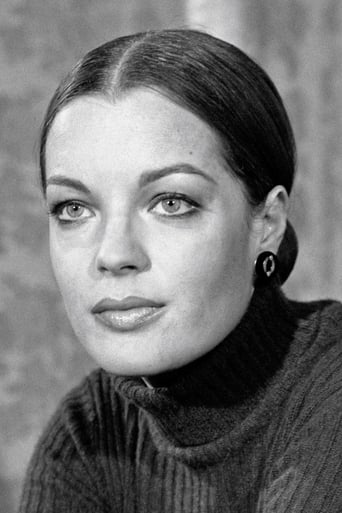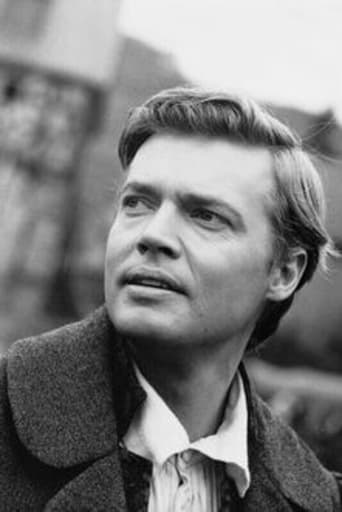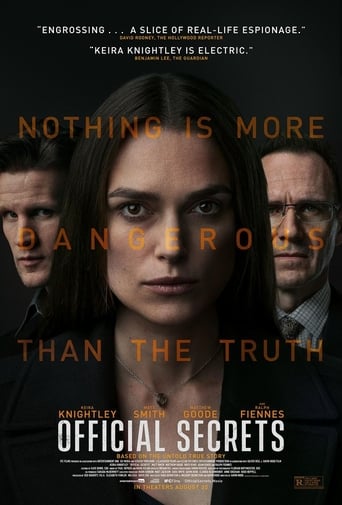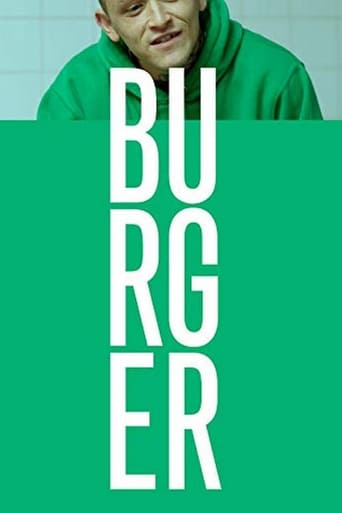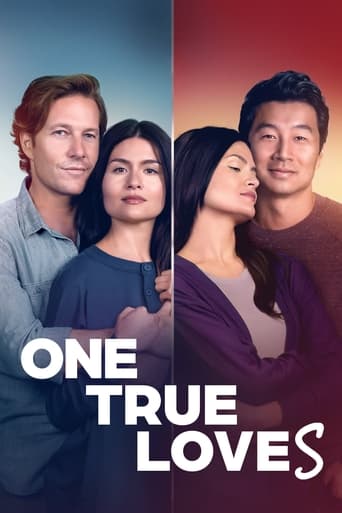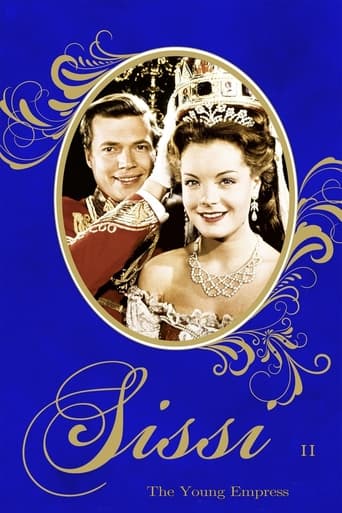
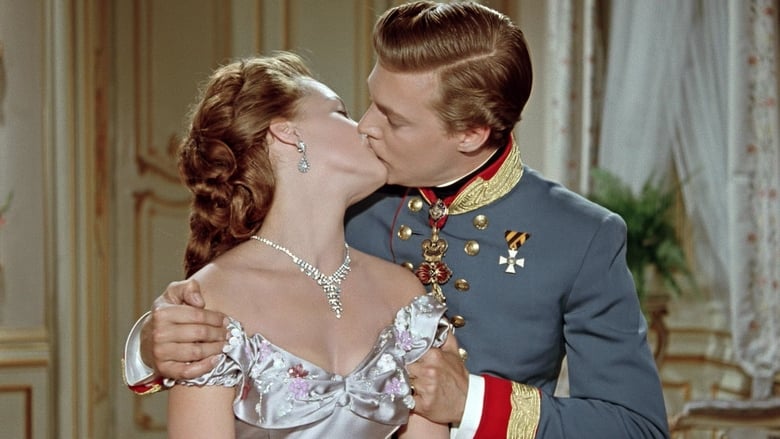
Sissi: The Young Empress (1956)
Sissi is now the empress of Austria and attempts to learn etiquette. While she is busy being empress she also has to deal with her difficult new mother-in-law, while the arch-duchess Sophie is trying to tell the emperor how to rule and also Sissi how to be a mother.
Watch Trailer
Cast
Similar titles

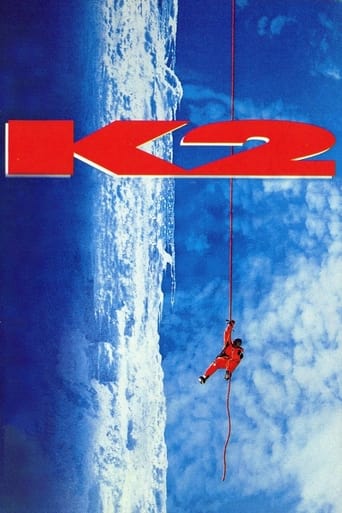

Reviews
How sad is this?
Good concept, poorly executed.
Boring
Blistering performances.
In an earlier review of the first Sissi film, I pointed out that the historical significance of this trilogy lies not so much in its account of the Austrian Empire before the First World War (this is totally fairy-tale history) but in its relevance to the post-war German world.Germans (particularly young Germans) were in a constant state of denial in the fifties and sixties. As late as the seventies I taught groups of West German students who would were not even willing to express an opinion about the possible future reunification of a still divided Germany and of course steered well away from any discussion of the unfortunate events of 1933-1945 - the "you know what" of the German world.Austria, spared by a sort of political conjuring trick from all implication in German nastiness, served as a wonderful alibi for the pan-German world and was the natural setting for a sumptuous epic (a film of the kind that Germany itself now avoided making).Romy Schneider and Karlheinz Böhm were the ideal representatives of the new generation, expressive at once of continuity and reborn innocence. Both had parents who were in fact closely implicated in the period no one talked about. Magda Schneider, who appears of course as her daughter's mother in the films, had been a neighbour and close friend of Hitler (she still lived in Bechtesgarten) and had also been, according to herself at any rate, his favourite actress. The conductor Karl Böhm had belonged to a quasi-Nazi cultural organisation (formed by the very racist Alfred Rosenberg)and had publicly and ostentatiously welcomed the annexation of his native Austria in 1938. Romy and Karlheinz of course had both been at boarding-school and were innocent of any such associations.The average German did not so much want a break with the past but to establish a line of continuity that made the past somehow OK (even the "you know what"). It might be mildly critical of those nasty Nazis (as in the highly popular film Die Trapp-Familie, which came out in the same year as this second Sissi film, but were not prepared, understandably enough, to accept the burden of collective guilt for the past. Even The Sound of Music, the gooey Hollywood musical based on the German 1956 film, was felt by German audiences (despite the edelweiss) to be too strongly critical of the unmentionable past.In the second Sissi film, there is the same pan-Germanic context as in the first (Bavarian beer and Bavaraian pigs' trottters, the Tyrol and edelweiss are not forgotten) but the historical events (the Hungarian unrest and Sissi's fondness for Hungary are accurate) allow an expansion of the pan-Germanic space, balm to the soul of a divided Germany, beyond the German-Austrian world portrayed in the first film to include Hungary, traditionally very strongly linked, culturally and politically, with the German world but in 1956 a Communist state under Russian tutelage. It is not too difficult to appreciate the importance of this in 1956, the year of the Hungarian rising against the Communist government and its suppression by Soviet troops. The link was widely commented upon in the contemporary press and 350 Hungarian refusgees weer invited to the film's première at the Mozart-Kino.In 1954 Leni Riefenstahl's Tiefland was released in Germany, controversial because it had been made during the war and had made use of concentration-camp inmates as gypsy extras. Faced by a hostile press campaign, Riefenstahl ttok refuge in Austria. Her tour there was, in her own words, "a roaring success". In this film Mariscka hired gypsy extras for the crowd-scenes in Hungary, a fact frequently emphasised in the publicity for the film. Today a reunited Germany sees itself once again as the centre of the culture of Mitteleuropa but, even in the days when such things weer not spoken of, that cultural imperium remained close to the heart of most Germans. As Germany increasingly flexes its muscles and begins to talk incessantly once again of rearmament, let us hope that the future of that Central European imperium proves closer to the fairy-tale world of this trilogy, where even the reactionary autocrat Franz Josef is displayed as a benevolent liberal, than to the darker reality of the "you know what".
Romy Schneider is "Sissi: The Young Empress," Empress Elisabeth of Austria, in this 1956 film, the second of the popular trilogy. Schneider was nearly 18 at the time, and absolutely beautiful and charming in the role.I need to say here, for anyone non-European or anyone who has not spent time in Austria, Germany, Hungary, etc., Sissi was the Princess Diana of her day and in fact, remains popular. Her face is on everything from candy wrappers to pins, pocket watches, necklaces - she's everywhere. She's been the subject of musicals, countless books, TV miniseries, plays, and films.As others have pointed out, this is an idealized story of Sissi, with lots of facts left out as well as the more negative aspects of Sissi's personality - her anorexia, for one. Here, she is still in the honeymoon phase with her husband, the Emperor Franz Josef; and she is also anxious to help to build a good relationship with Hungary.Sissi runs into problems when she becomes pregnant with her daughter Sophie, and her mother-in-law, convinced that Sissi is too young to be a good mother, takes the child from her in order to raise her. Angry that Franz will not stand up to his mother and instead, takes her side, Sissi leaves him and returns home to her family. It's pointed out to her that she has duties as a royal that must be fulfilled.In actuality, Sissi's mother-in-law was worse to her than shown in the film. Also, by the time she becomes Queen of Hungary, she has three children but the film only speaks of one, Sophie, who by then is deceased.These films are incredibly popular in Europe and I believe are shown at Christmas. The color is beautiful, the costumes and furnishings are gorgeous - these films are truly a treat for the eyes.Read up on Sissi to get the real story, and enjoy these romanticized films for what they are: Sissi-lite.
A few years ago, my wife and I toured Austria. Up until then, I'd never heard of Empress Elisabeth ('Sissi'). However, as we toured a couple of the royal palaces in Vienna, we heard an interesting version of the life of Sissi. Tour guides said that the popular image of the empress was far from the real lady. On more than one occasion, she was described as vain as well as 'not quite right' (a nice way of saying crazy or at least emotionally unstable). And, tour guides enjoyed regaling us with stories about her eccentricities. Some of these I know to be true (such as her obsession with her weight) and others I still haven't been able to prove or disprove (they claimed she had teeth pulled in order to make her face look thinner). Regardless, this new assessment of the woman flies in the face of the fanciful and highly fictionalized Sissi trilogy made back in the 1950s. Whether or not you'll like these films has a lot to do with whether you are looking for the real Elisabeth or the nearly Cinderella-like fictionalized Sissi. Since I am a retired history teacher, you can probably guess which version I prefer.From what I have been able to learn, "Sissi: The Young Princess" is closer to the truth than the first film, "Sissi". That's because the first film is all happiness and joy--and is hard to believe. But here in the second of three films, you see the beginnings of a schism in the marriage between her and Emperor Franz Joseph. The film seems to blame all this on Franz's overbearing mother, Archduchess Sophie. While she was clearly a dominant figure in her son's life, blaming all the couple's problems on her is overstating things a bit. Much of the problem between the pair related more to very, very different temperaments--Franz Joseph was a rather dull and hard-working man whereas Sissi was almost manic and never liked to sit still. And, from what I have recently read, Sissi seemed to have little interest in her husband.So apart from overstating the awfulness of Archduchess Sophie, what's the rest of this film like? Well, like the first one, it's filmed in magnificent color--and sure looks great with its location shoots in the mountains as well as throughout Vienna (such as in Schönbrunn Palace). And for the romantics out there who love everything royal, there is a lot to like. Romy Schneider plays Sissi with an almost cloying niceness and you can't help but like her--even though she isn't too much like the real Sissi. She is who people WISH Sissi to have been--much like the world's fascination with Princess Diana. Not, like the real Sissi--complete with coughing fits and depression! All in all, an enjoyable film that's best taken for what it is instead of what it isn't. To me, it's like a steady diet of meringue--tasty but not especially filling.
Loved it as a romantic teenager in Holland in 1956 - now I'm a senior in Australia and still love it. It brings back wonderful memories of my youth. Sure it is sweet and most probably not a completely true story, but who cares ? I'll see it anytime, it's a shame they don't make movies like this anymore.
